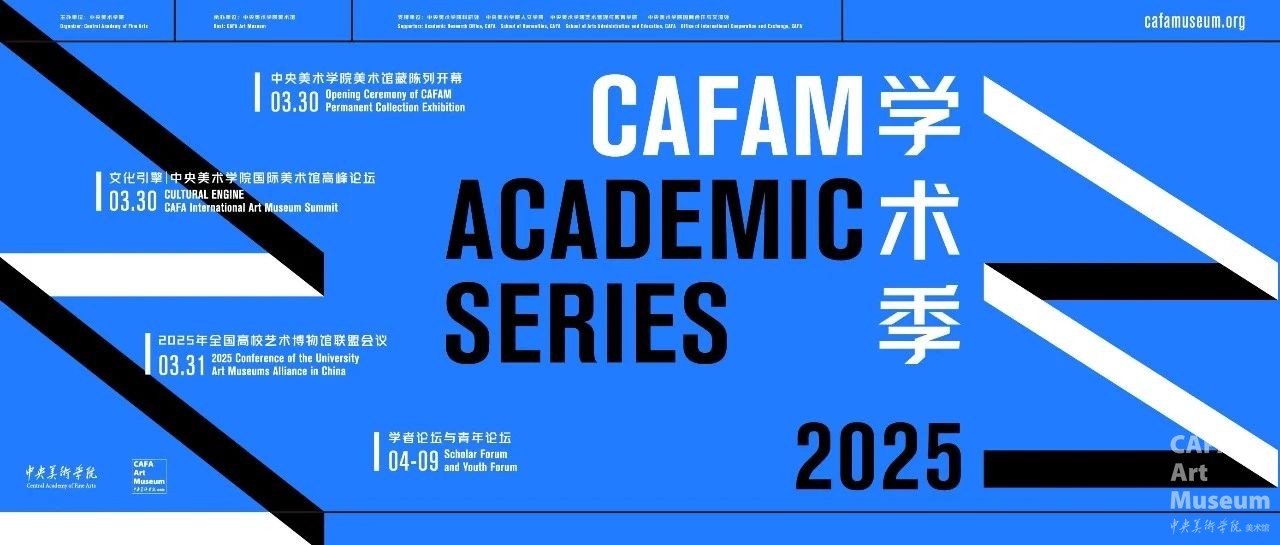

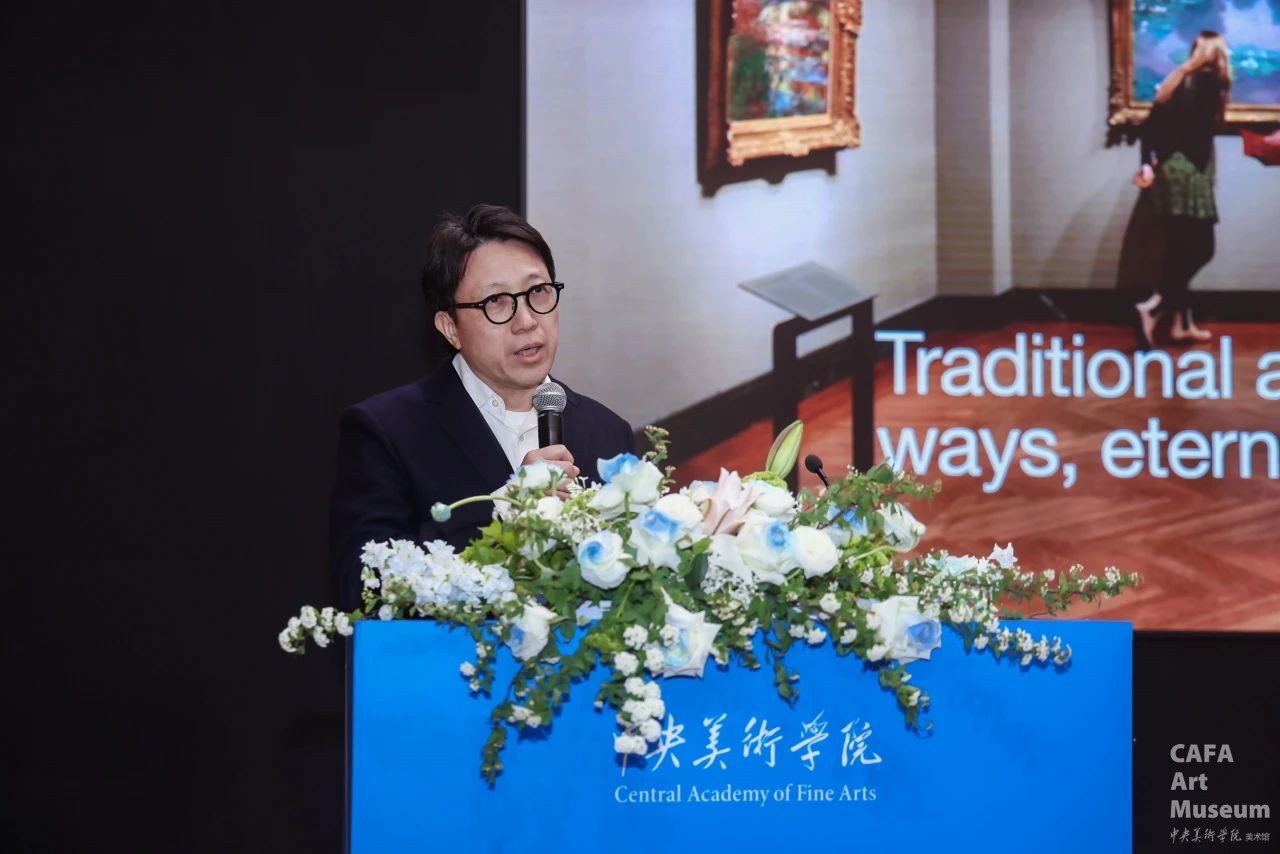
Jin Jun, Director of CAFA Art Museum
「
In today's era, the rapid development of technology is profoundly transforming every aspect of our lives, and the field of art is no exception. Recently, at the "Cultural Engine —— International Art Museum Summit Forum of the Central Academy of Fine Arts", Jin Jun, the director of CAFA Art Museum, delivered a keynote speech. With the theme of "The Integration and Symbiotic Development of the Virtual and the Real in Art Museums in the Post-digital Era", he deeply explored how art museums can achieve the integration of tradition and modernity, as well as the integration of the physical and the virtual under the impetus of the wave of technology. He also discussed the far-reaching impact of such integration on the development of art and the public's art experience.
」
01.
Empowered by Technology
Traditional and Classic Art
Jin Jun first pointed out that traditional art museums, as spaces for the collection and display of art treasures, provide the public with an important venue to be influenced by art and understand different cultures. However, in the development of the art field, there are differences in the development speed among different regions and fields. The advancement of technology, especially the emergence of new media technology, has brought new possibilities for the display of traditional artworks, enabling them to break through the limitations of time and space and present themselves to the public in a brand-new look.

The presentation of traditional art in an immersive digital virtual way is a typical practice of technology empowering traditional art. Through immersive digital means, audiences can experience artworks in the environment of a specific art museum in different places and feel the overall scale and details of the artworks in space. This new way of presentation not only gives the audience a more intuitive understanding of the artworks but also endows traditional art with new vitality. For example, with regard to the painting Listening to the Qin by the Song Dynasty in China, through the digital virtual method, the audience can interactively feel the humanistic thoughts and the humanistic spirit based on nature at that time, thus obtaining a deeper new experience. In addition, the re-creation of Chinese traditional artworks in a digital way has also been an important direction of exploration in recent years. This kind of re-creation incorporates modern cognitive understanding. Taking some traditional Chinese landscape paintings as examples, the presentation in a digital dynamic way makes these ancient paintings radiate new vitality and brings the audience a brand-new visual enjoyment.
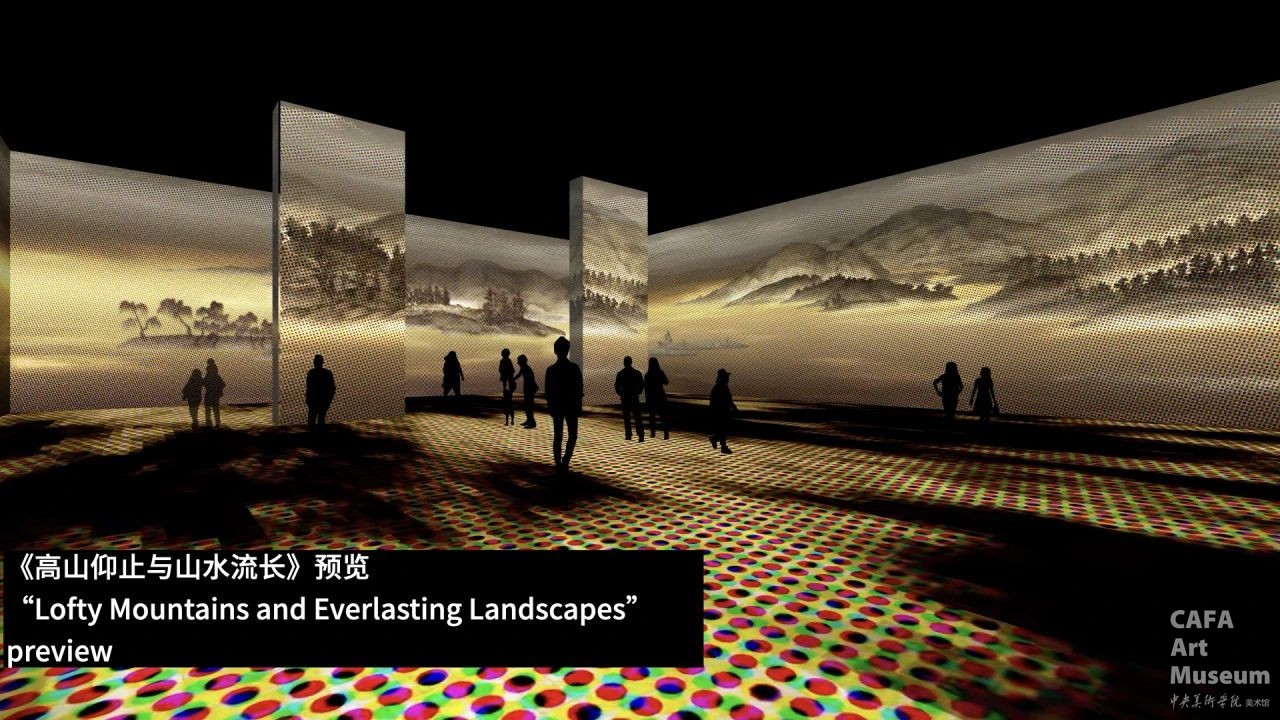
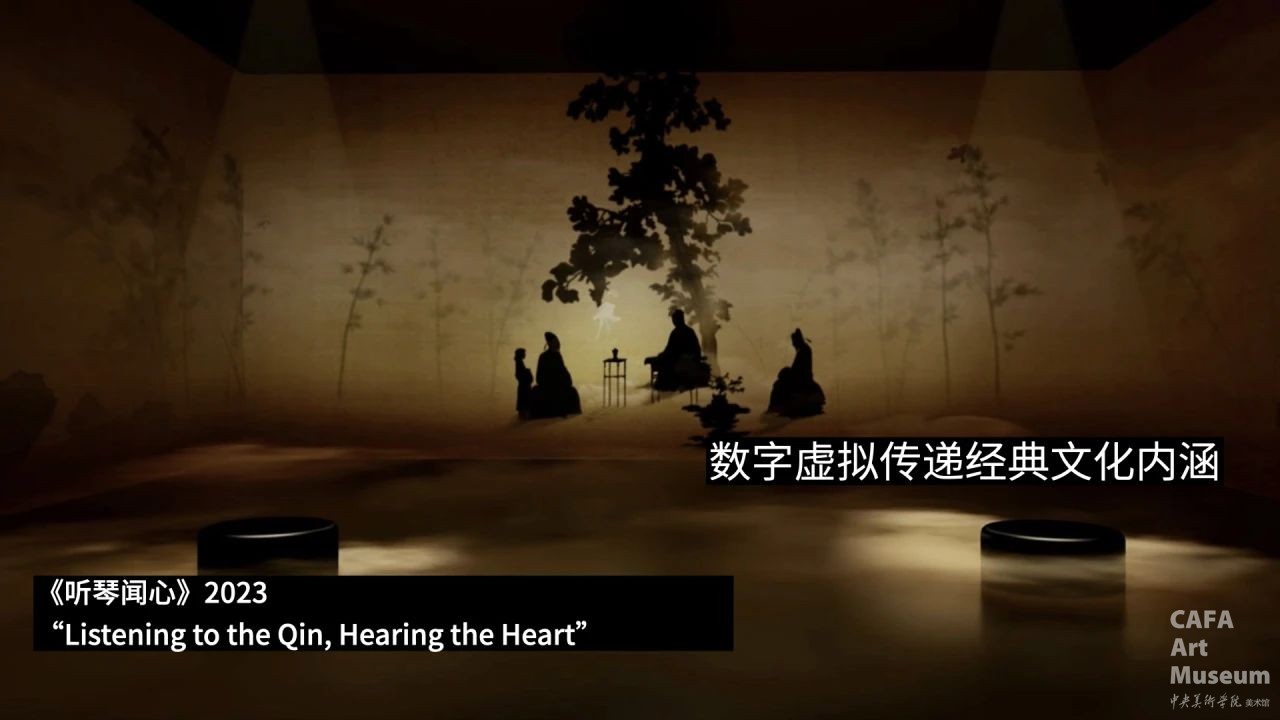
02.
Digital Art under the Support of Technology
New Forms
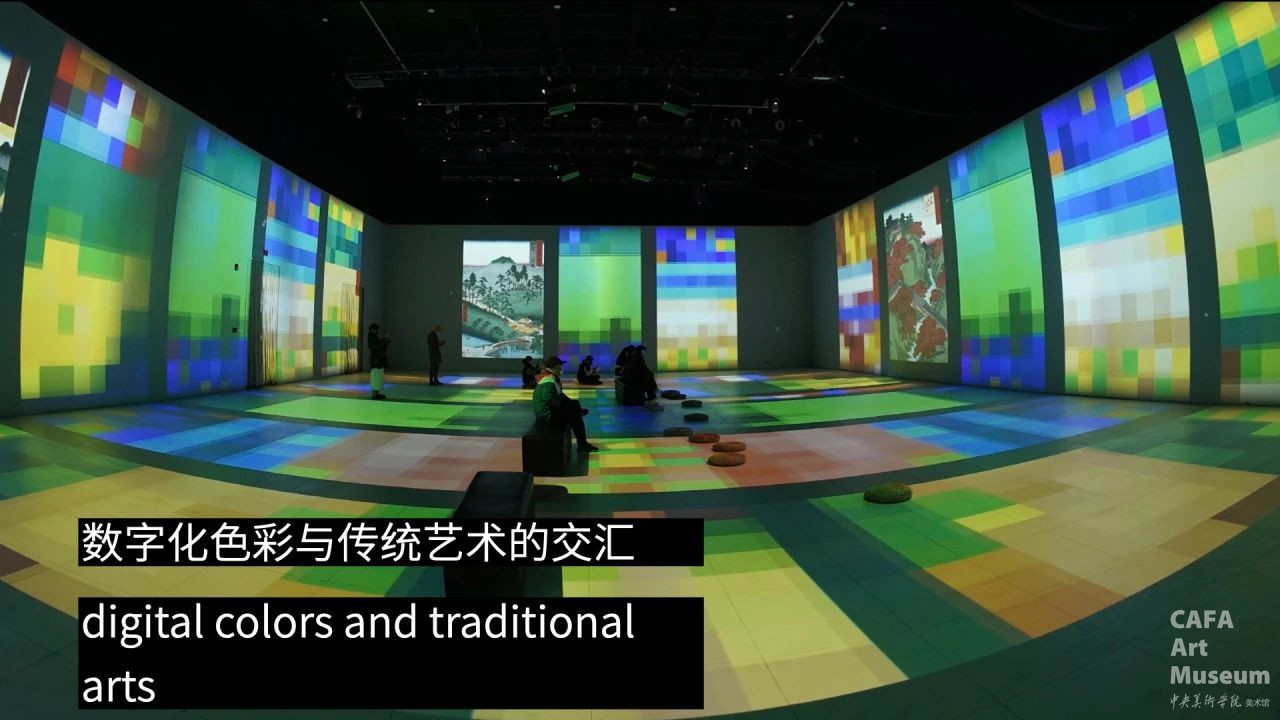
With the continuous development of technology, new art forms are constantly emerging. Jin Jun mentioned that digitalization, the transformation of pixelated forms, colors, and new interpretations of tradition are all directions for the exploration of new art forms. For example, the digital dynamic sculptures created by Turkish artists, through digital means, enable the sculptures to show their unique charm in motion and bring new changes to the daily space. This digital dynamic art form not only presents a new look in the space of art museums but also plays an important role in public spaces.
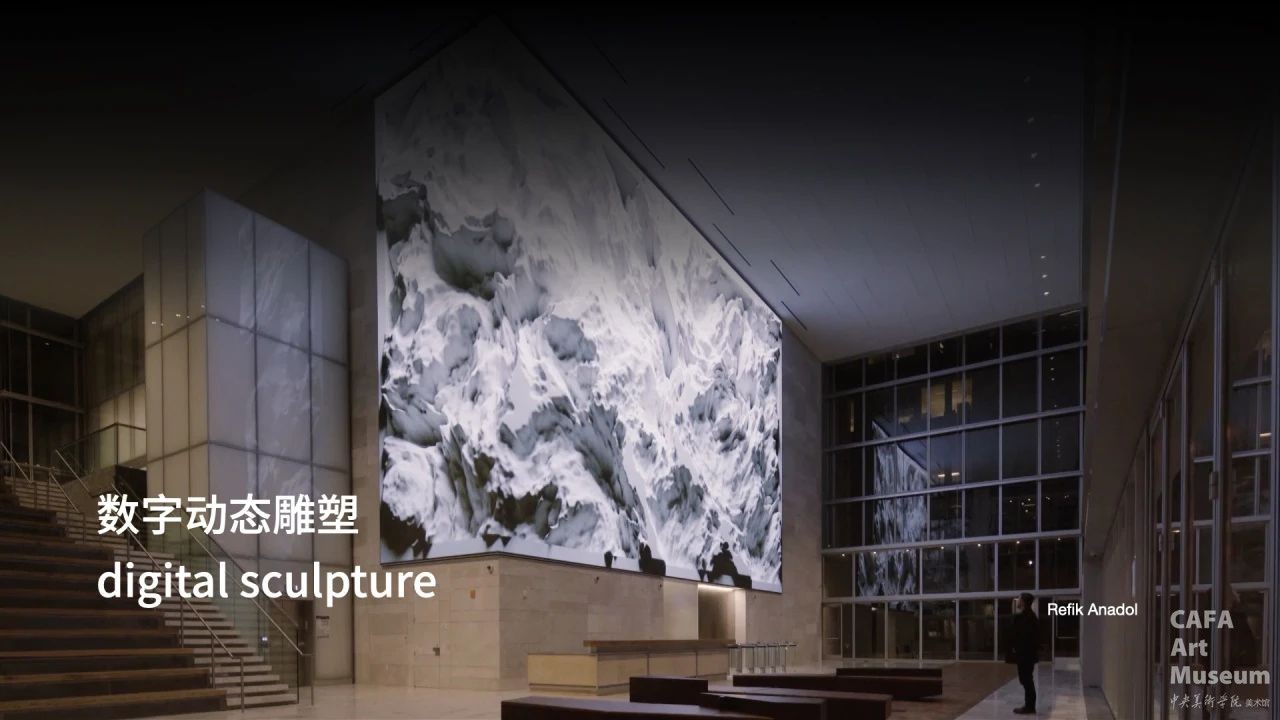
The advancement of technology has also brought new ways to interpret art forms. For example, by combining traditional machinery with digital sensing technology, novel art forms such as human-machine dance have been created. In the Beijing Media Art Biennale once held at CAFA Art Museum, European artists transformed human nerve commands through programming, enabling machinery to drive the human body into a dancing state. This unique artistic experience has given the audience a deeper understanding of the integration of art and technology.
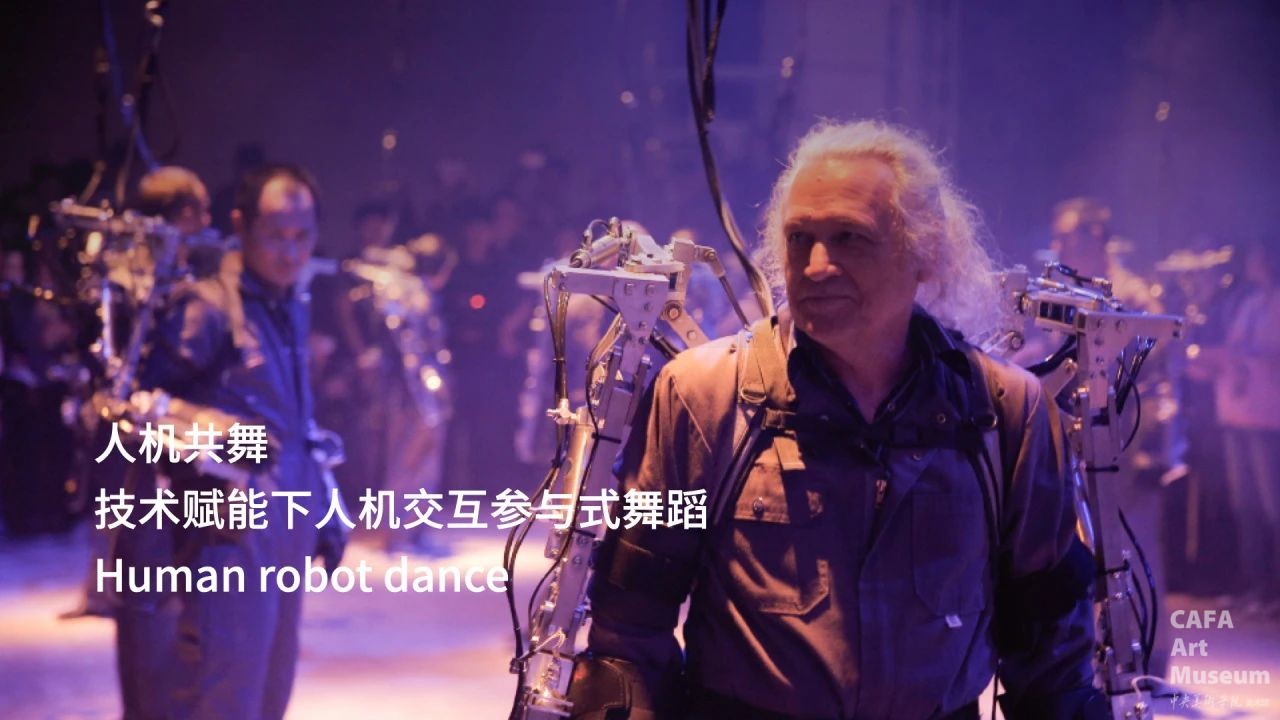
In addition, the integration of technology and art is also reflected in the combination of biological themes and dynamic art. In the Media Art Biennale in 2023, works related to ecological integration demonstrated the combination of technology and art through dynamic techniques, triggering people's ethical reflections on technological progress. At the same time, artists are also exploring participatory interactions between technology and traditional art, real-time rendering, and the construction of online exhibitions of traditional ancient art, etc., enabling the audience to appreciate the charm of traditional art through online platforms.
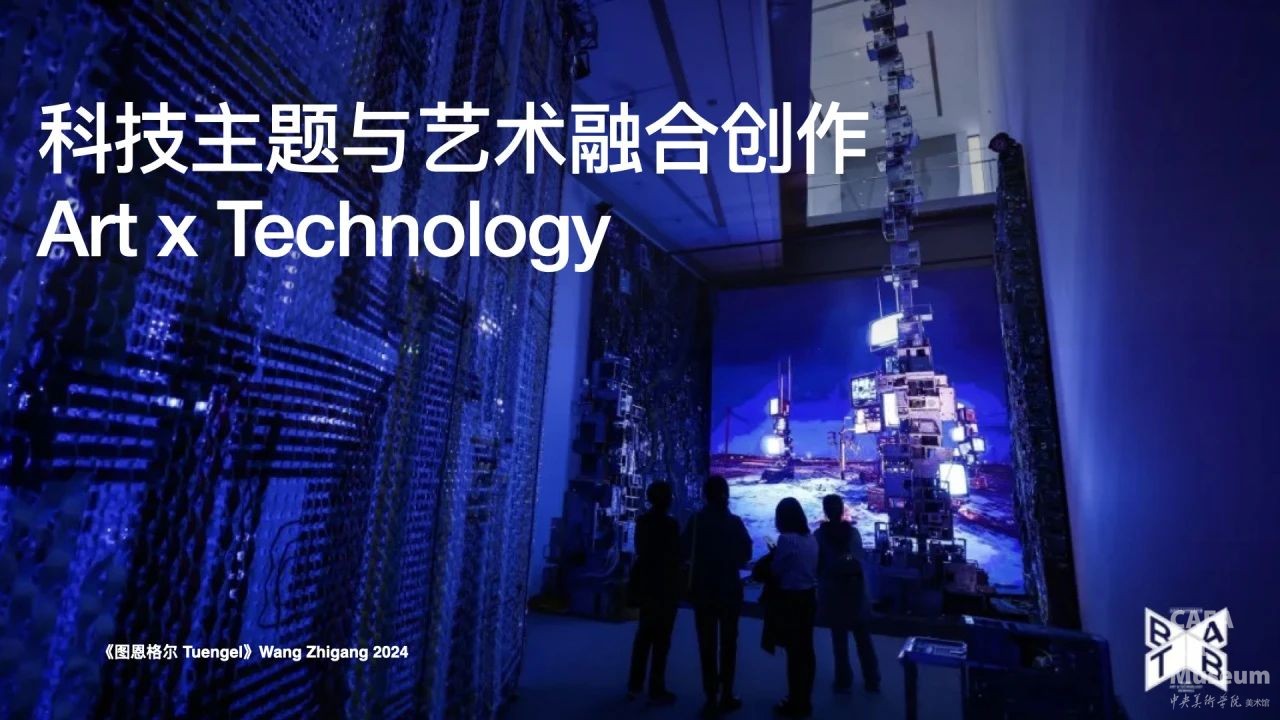
03.
From the Physical Space
to the Digital Ecological Entity
Jin Jun further elaborated on the transformation trend of art museums from physical spaces to digital ecological entities. The development of digital technology has made it possible for a global art network to take shape. For example, the National Portrait Gallery in Washington presents the appearance of its museum through digital means, and Google Arts & Culture has created digital exhibition halls, allowing audiences to appreciate artworks from all over the world via the Internet. The construction of this digital ecological entity not only breaks the limitations of the physical space of traditional art museums but also provides a broader platform for the dissemination and exchange of art.
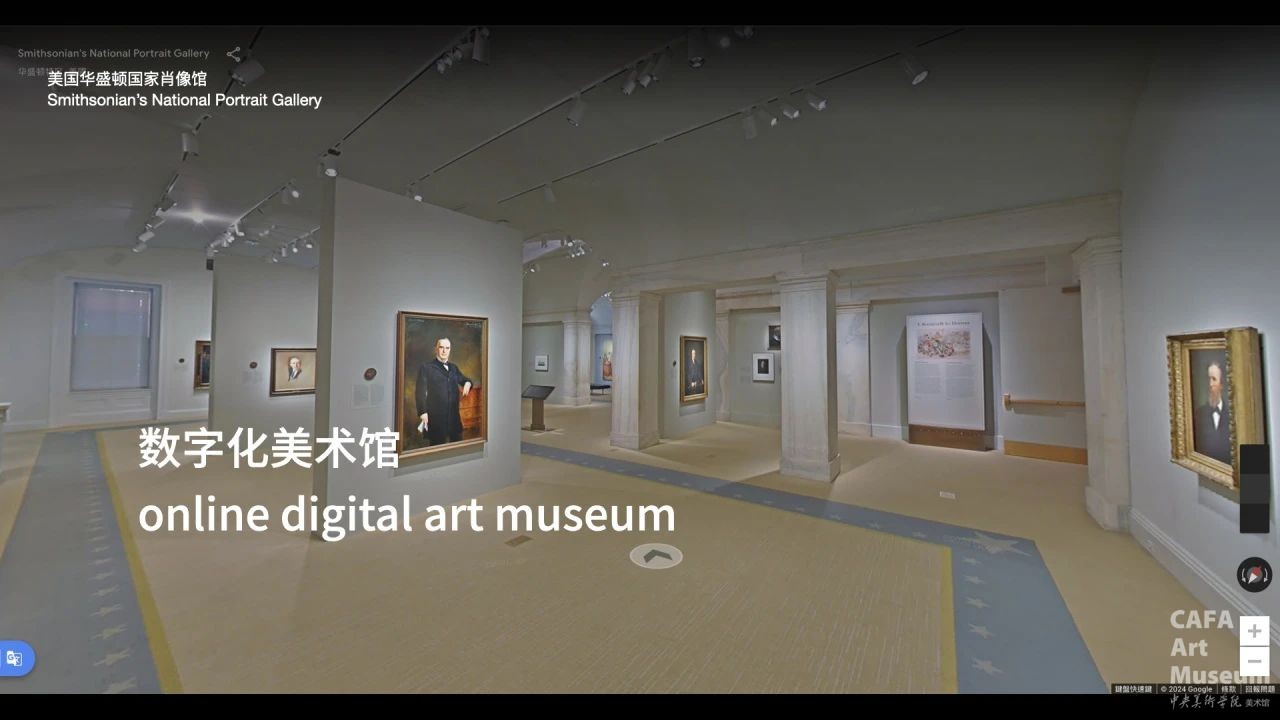
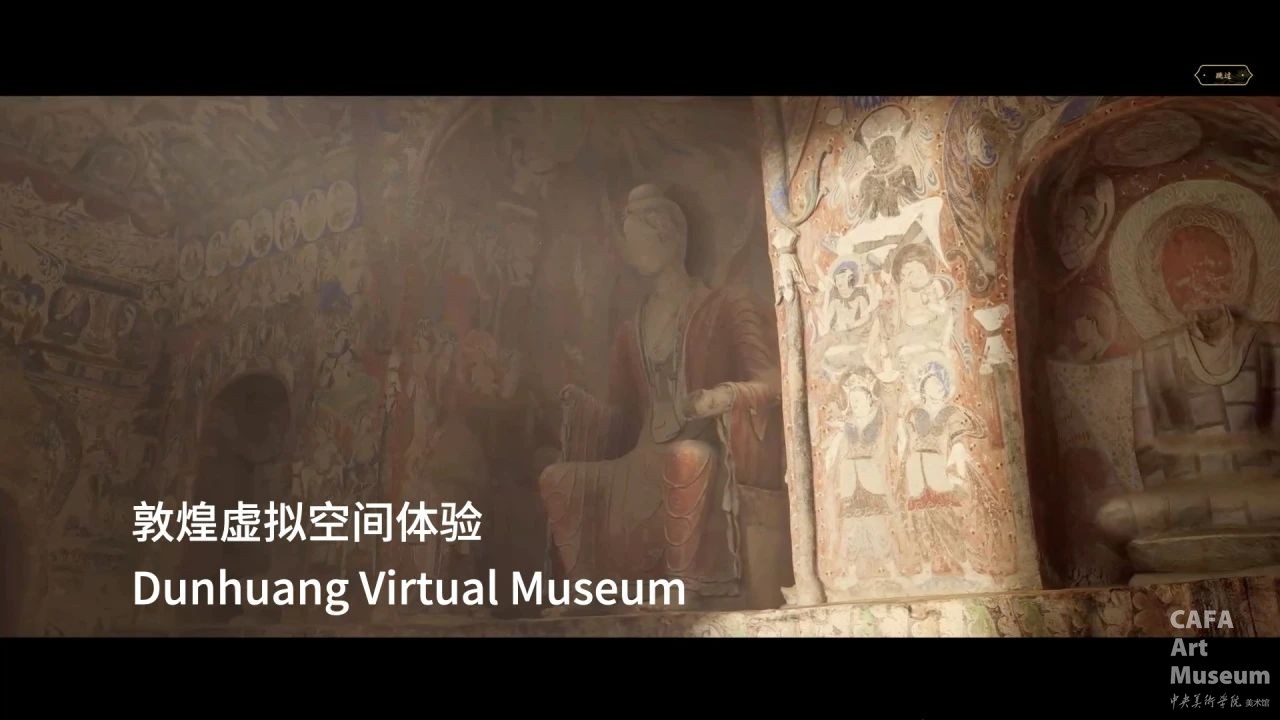
Jin Jun further elaborated on the transformation trend of art museums from physical spaces to digital ecological entities. The development of digital technology has made it possible for a global art network to take shape. For example, the National Portrait Gallery in Washington presents the appearance of its museum through digital means, and Google Arts & Culture has created digital exhibition halls, allowing audiences to appreciate artworks from all over the world via the Internet. The construction of this digital ecological entity not only breaks the limitations of the physical space of traditional art museums but also provides a broader platform for the dissemination and exchange of art.
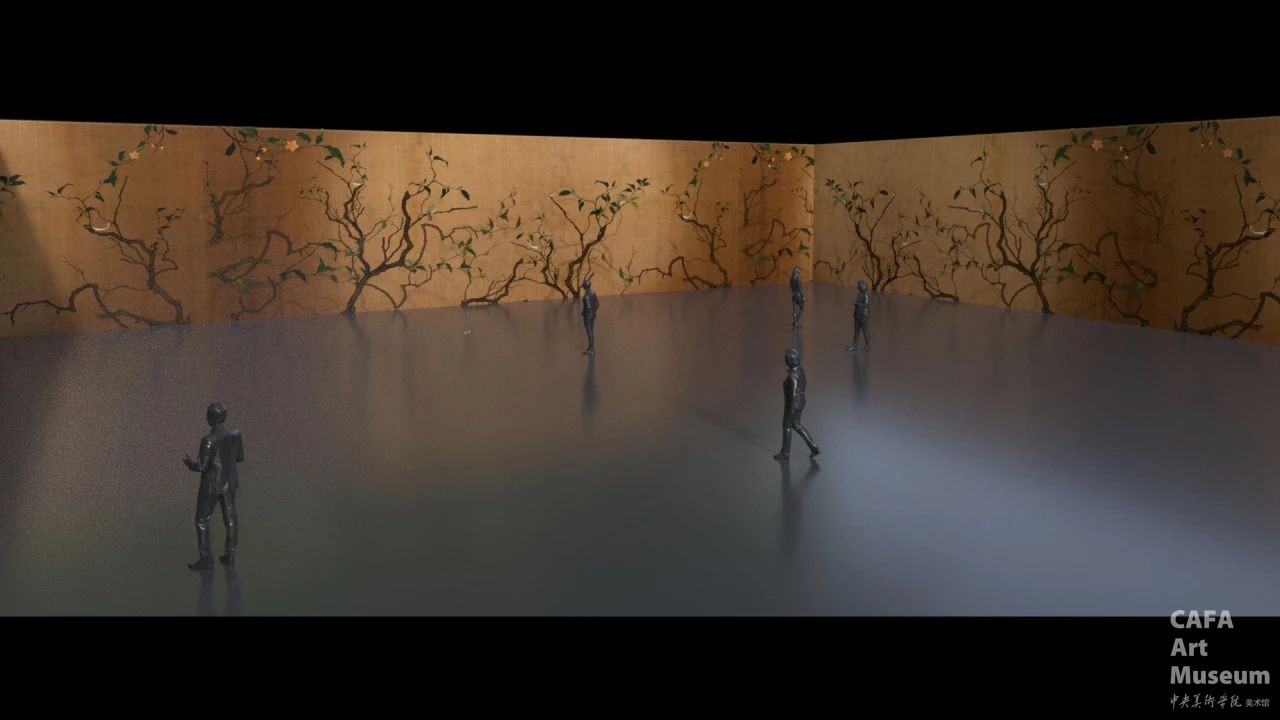
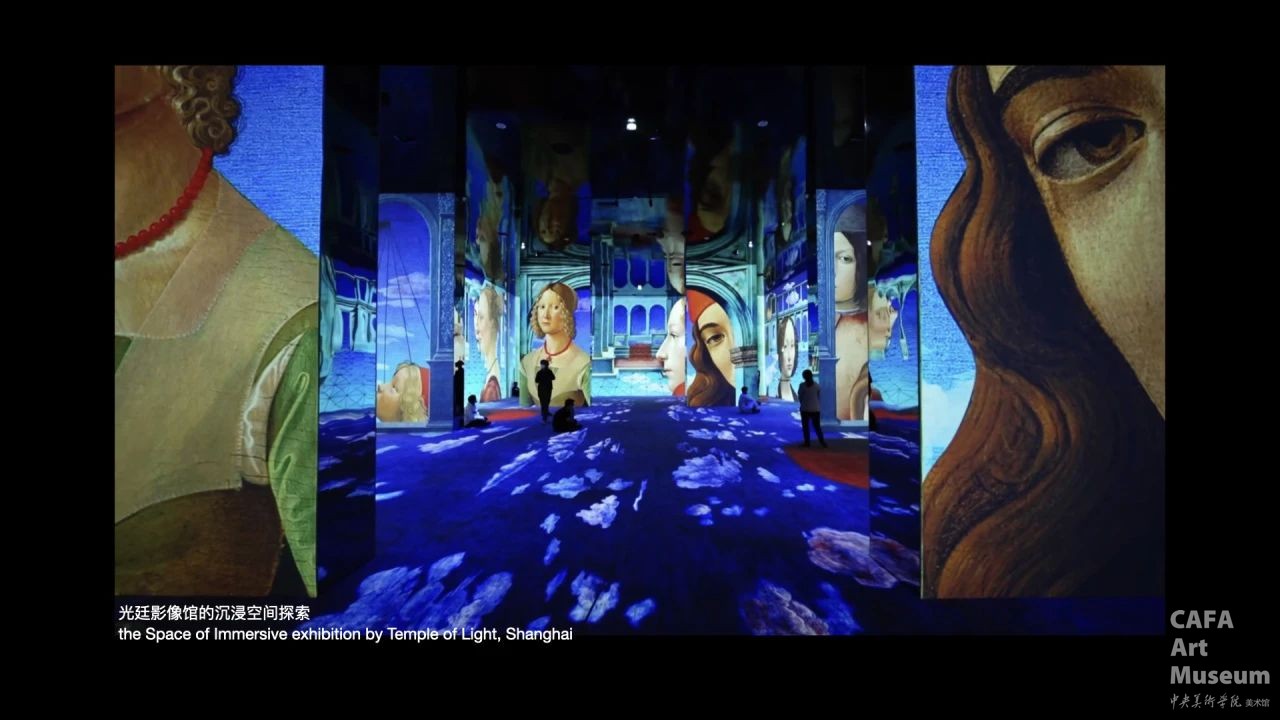
In addition, digital technology is also used to enhance the audience's experience. For example, the application of VR technology enables the audience to experience artworks in a brand-new way. Director Jin Jun is leading the disciplinary team to cooperate with multiple institutions to explore how to use new spatial methods to construct a digital twin art museum space. This digital twin art museum space will take the physical art museum as the carrier and create a virtual space corresponding to the physical art museum through digital means, bringing the audience an art experience of the integration and symbiosis of online and offline.
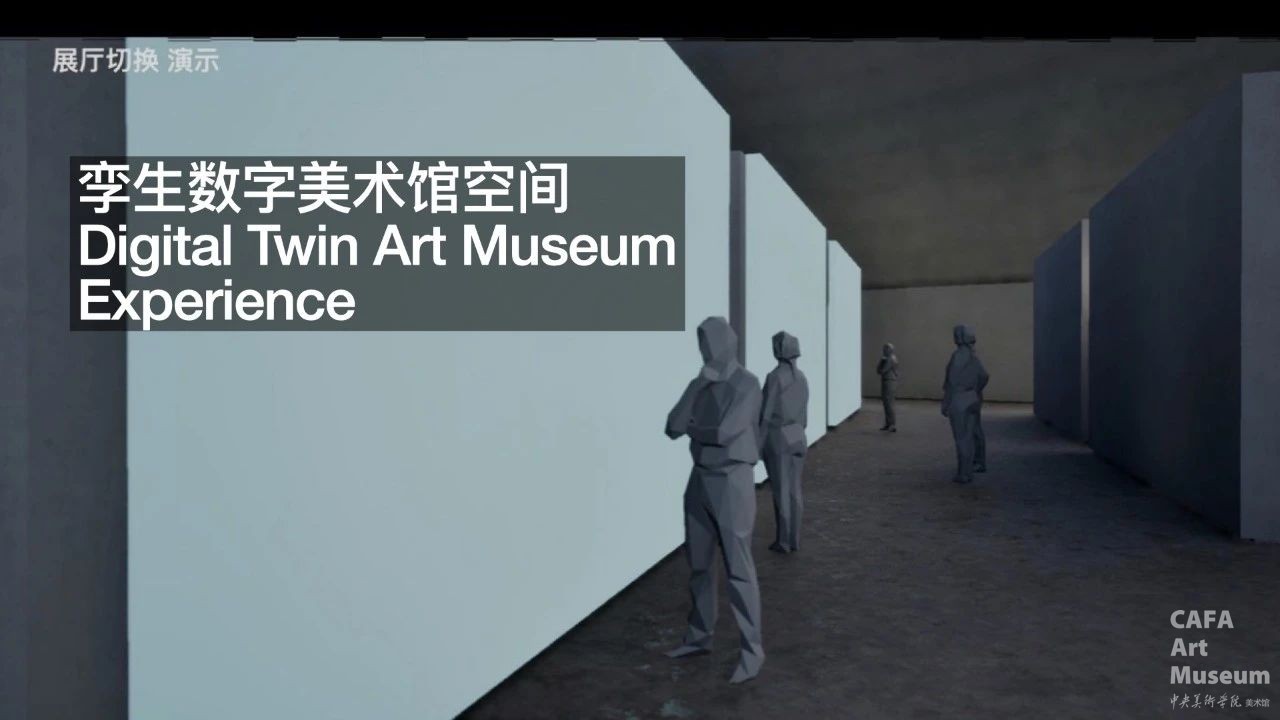
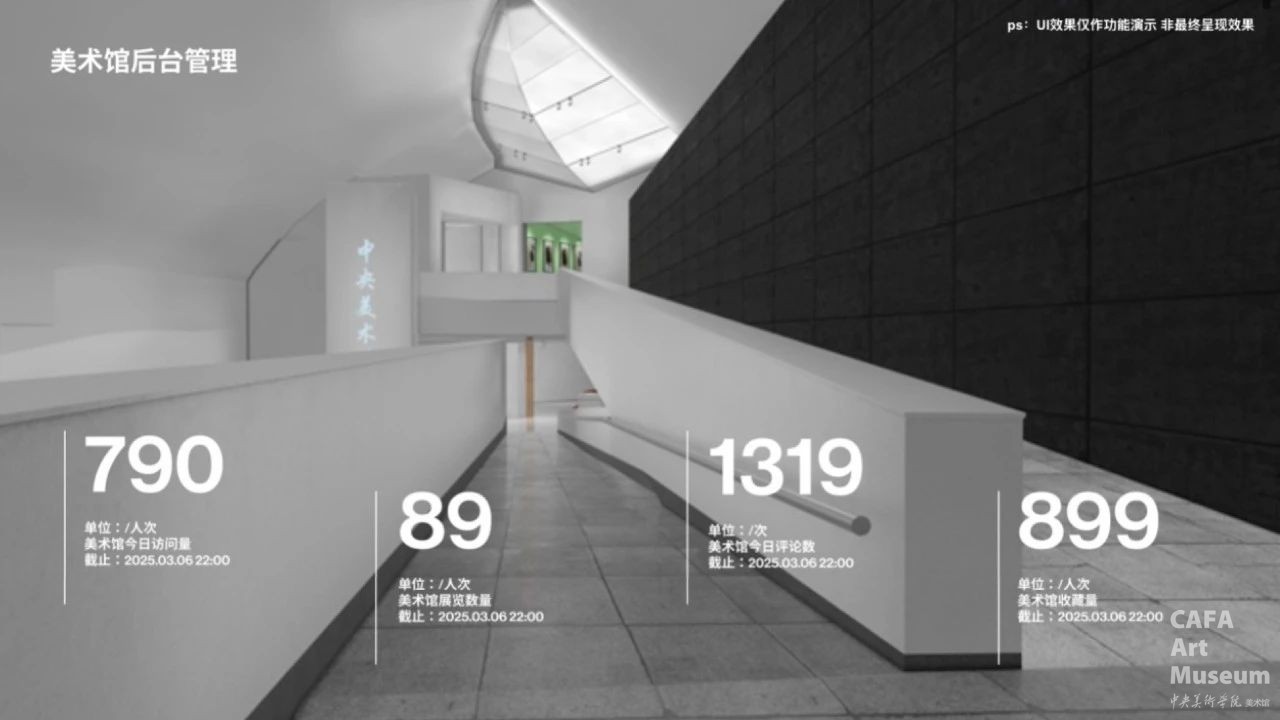
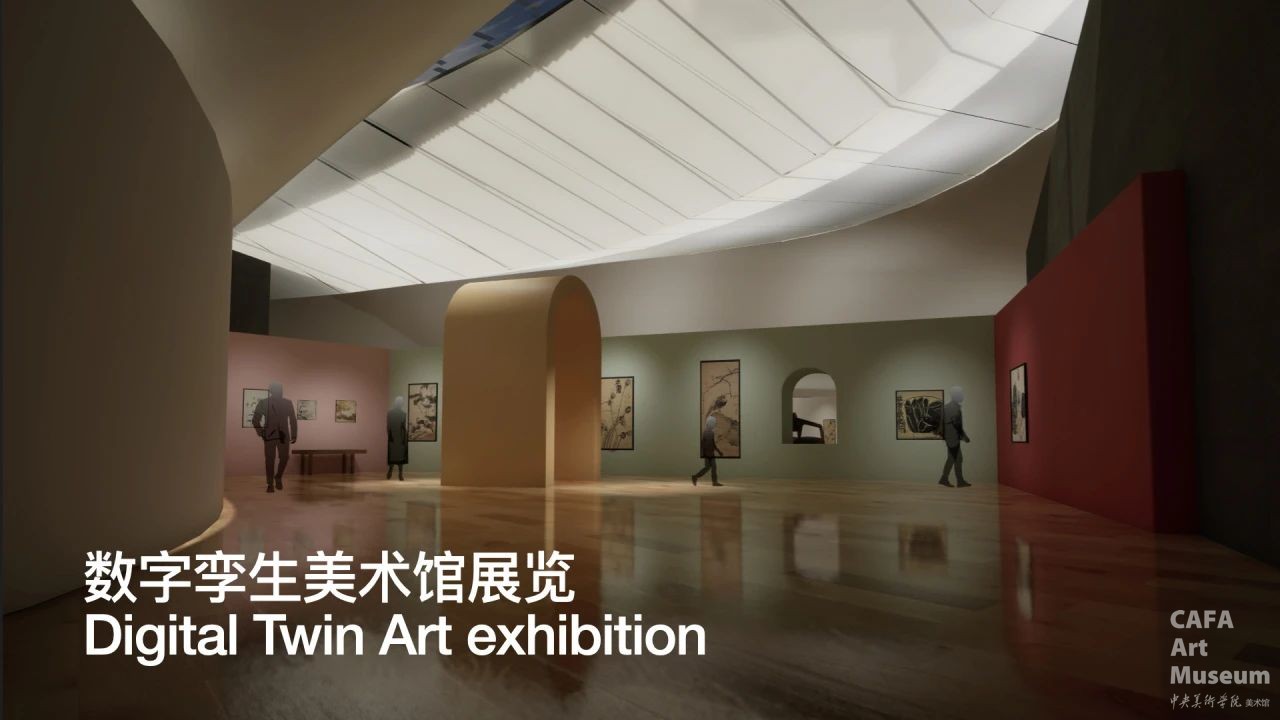
04. The Integration of the Virtual and the Real
The Present and the Future
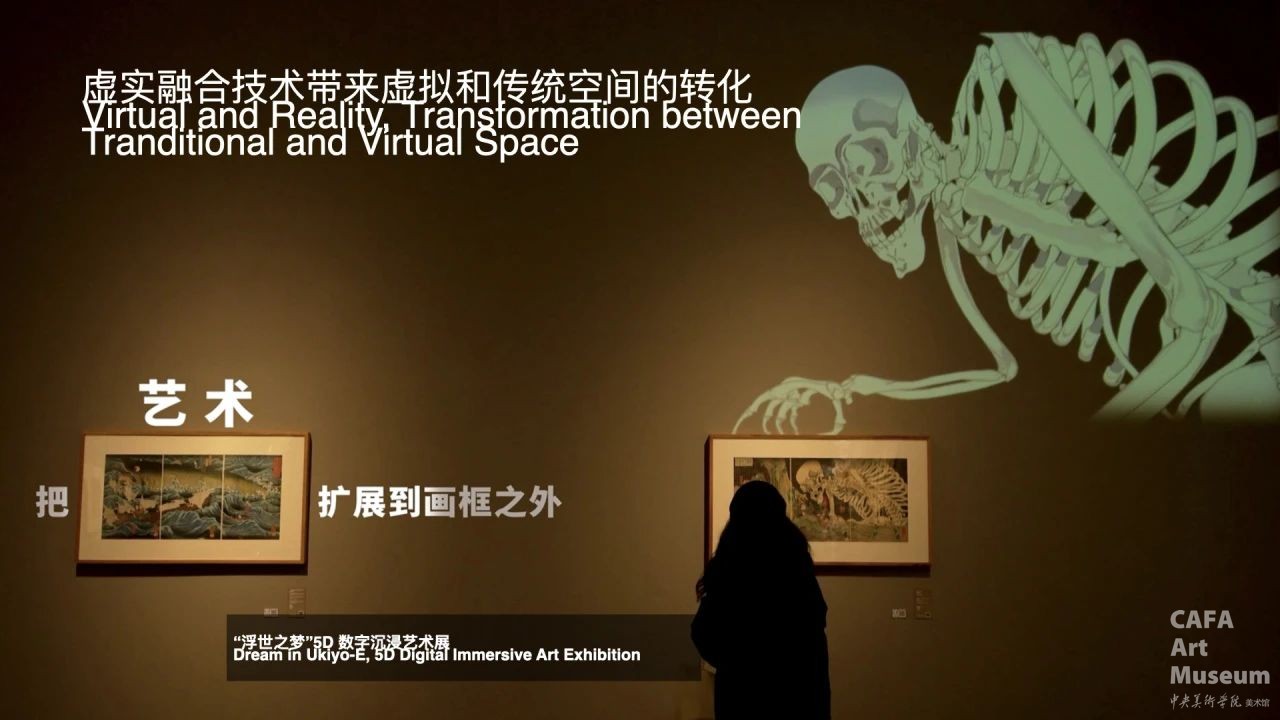
Finally, Jin Jun emphasized the importance of the integration of the virtual and the real. He mentioned that the integrated development of the original artworks and dynamic video works in the exhibition space of "Dreams in the Mortal World" is a typical case of the integration of the virtual and the real. In addition, in the VR display in the 798 Art Zone, visitors can walk around the zone while wearing VR glasses and experience the appearance of the digital space. This way of integrating the virtual and the real not only provides the audience with more options when appreciating artworks but also offers new ideas for the future development of art museums.
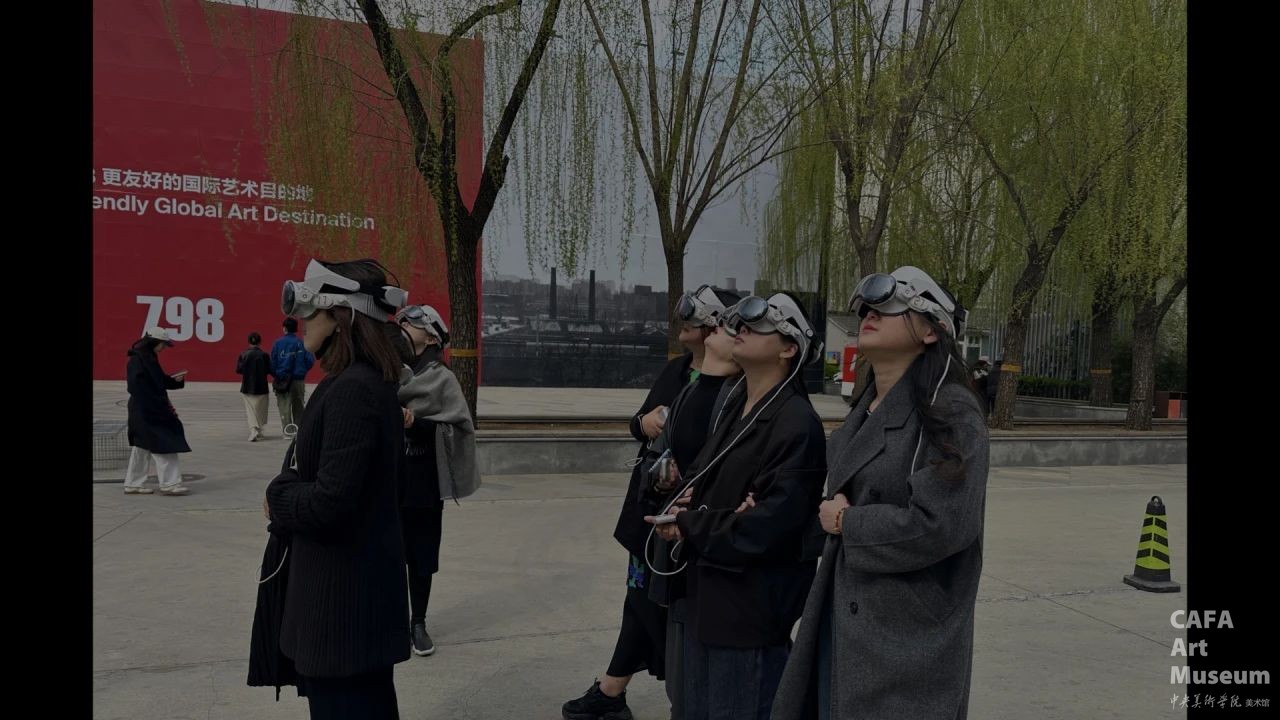
In the post-digital era, the integration of technology and art has become an irreversible trend. Technology not only provides new means for the display and dissemination of traditional art but also gives birth to new art forms and artistic experiences. The transformation from the physical space to the digital ecological entity, as well as the direction of the integration of the virtual and the real, all paint a beautiful blueprint for the future development of art museums. We have every reason to believe that with the help of technology, art museums will be able to better fulfill their functions of cultural dissemination and art education, enabling more members of the public to appreciate the charm of art and feel the profound cultural heritage.
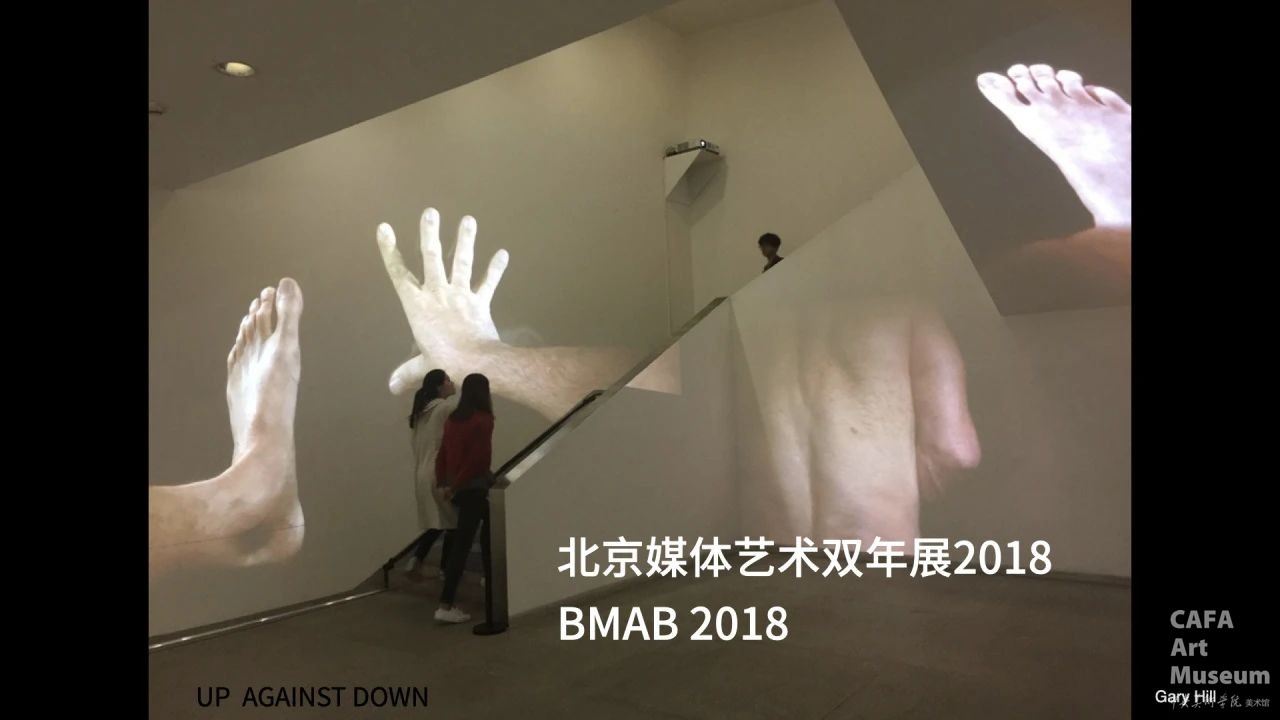
Introduction of the Guest Speaker
●●●●●●●●●●●●
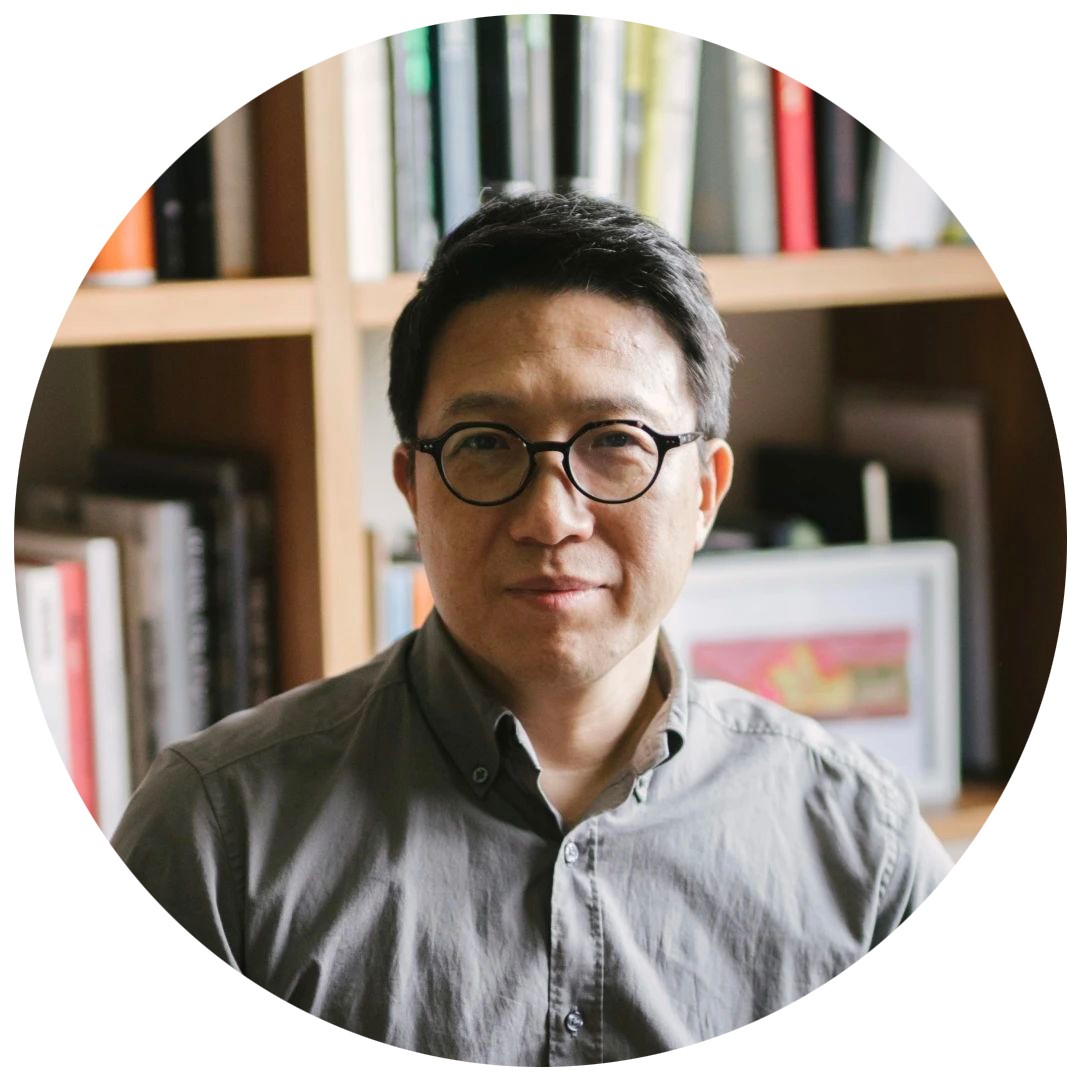
Jin Jun
Director of CAFA Art Museum, Professor, Doctoral Supervisor; Dean of the School of Design and Arts, Beijing Institute of Technology. He has presided over a number of major design projects, including the design of the dynamic sports icons for the 2022 Beijing Winter Olympics. He has organized and planned more than 40 series of special art exhibitions under the theme of "Looking Back and Reflecting · Rereading the Classics", including the "Invitation Exhibition of Famous Chinese Painters in the 20th Century", etc. Recently, he has completed the creation and planning of digital immersive artworks, such as the "Equal Views in the Digital Realm: Exhibition on Traditional Art and Technological Research", as well as the planning of the "Immersive Art Design Exhibition of the National Centre for the Performing Arts: Art in Life" and the "Beijing Media Art Biennale", etc.
∨
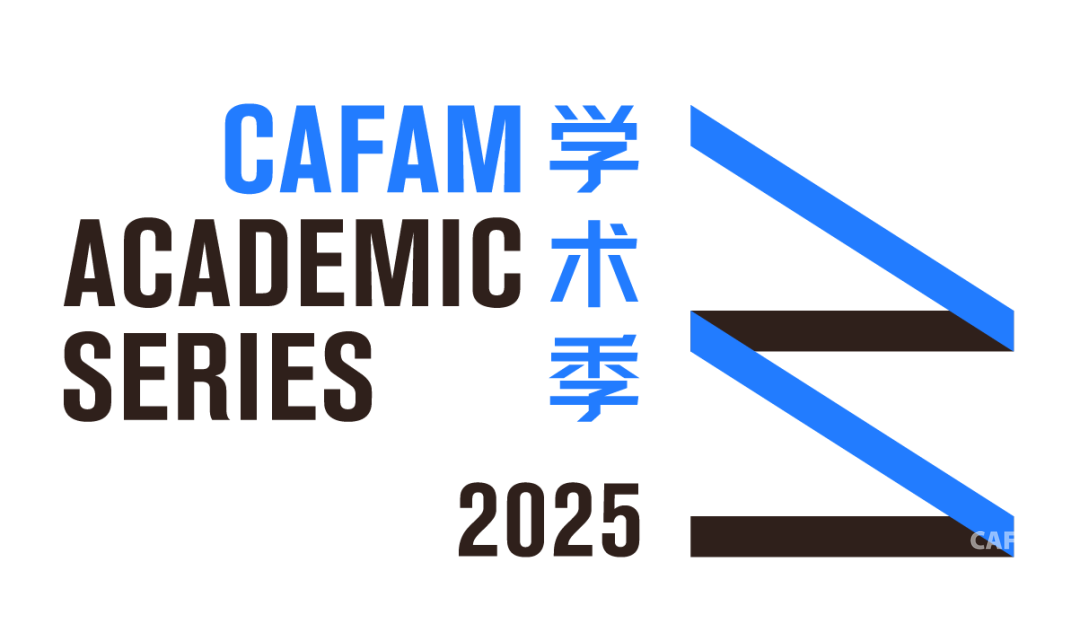
Chief Editor / He Yisha
Editor / Du Yinzhu
Text Arrangement / Xu Xi
On-site Photos / He Yifei
